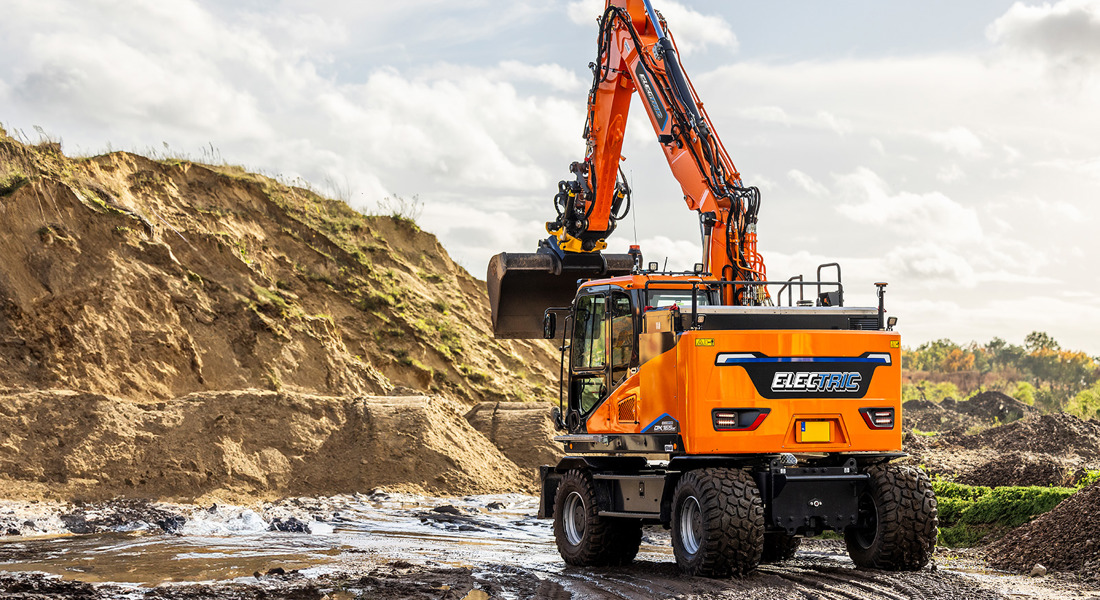In this edition, Wesley tells everything about pressing hoses and what it involves. Pressing hoses is a flexible connection between the hydraulic components. There are different sizes and types, depending on the application, but the material is always made of rubber with a steel or nylon cord layer. In addition, it is also important to know what pressure will be placed on the hydraulic oil, this affects the number of cord layers. Below we briefly explain how to squeeze a hose. Enjoy reading!
- As a first step it is important to collect all the information, this means that you will collect the following points; What pressure will be placed on the hose, how much oil has to go through it, which couplings/pillars belong, which press sleeve belongs and what length should the hose be.
- We are going to see what the right hose is, say the hose must be able to handle 360 bar, then the hose must be able to handle that number of bar and preferably a little more so that it can never go wrong. The number of cord layers of the hose is also important to take into account, the more cord layers the less flexible the hose becomes.
- Then saw off the hose to the correct length.
- Then it is the turn of the couplings or pillars. These must fit the hose and nipple and be from the same supplier as the hose in connection with the correct tolerances.
- Now you have the right hose and the right couplings/pillars together. Finally, the correct compression sleeve is included, which closes the coupling/pillar and the hose properly.
- When pressing, we have to use the correct press diameter, you check this by means of a vernier caliper so that the pillar is properly secured and that it cannot come off or leak.
- Now we are going to put steps 2, 4 and 5 together so that we can start to squeeze the hose.
- Now blow out the hose with compressed air so that there is no longer any dirt in the hose and no dirt gets into your hydraulic system.
- Optionally you can attach a protective cover to the hose, this depends on the location of the hose. This is to prevent the hose from chafing.
- Finally, we will assemble the hose and we must pay attention that the bending radius of the hose is good, that the hose does not hang behind anything and that the coupling is securely attached to the nipple so that the life of the hose is not affected.
The steps above show that there is a lot involved in properly pressing a hose. Would you like more information or an explanation about pressing hoses? Please contact your dealer, they will be happy to tell you all about it!
Look for the entire autumn edition of Earthworks here
